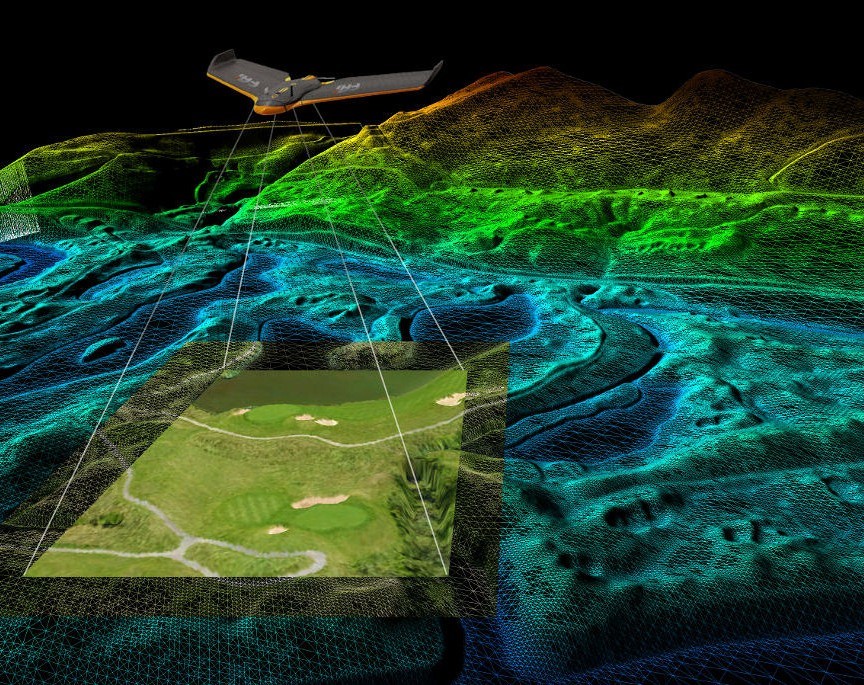
According to 2015 statistics from the US Department of Labor, there are 44,300 surveyors in the United States. But mapping is practiced by a larger population of cartographers, topographers, photogrammetrists, civil engineers, and geographers – it’s not exclusive to the surveying industry. The American Society of Civil Engineers lists more than 150,000 members in 177 countries, and the Imaging and Geospatial Society has 7,000 supporters. All of these disciplines can be grouped under a broader category called geographic information systems (GIS). GIS professionals provide a wide variety of land-related services like identifying property boundaries, subdividing land, and surveying construction sites for placement of buildings. They also produce topographic and hydrographic maps, volumetric calculations for stockpiles, and flood insurance maps, among other services.
The number of surveyors is actually projected to decline by two percent from 2014 to 2024 because of improved surveying technology. Even though surveyors are a fraction of the broader population of GIS professionals, how will the improved surveying technology that is affecting them apply to that broader GIS population? And given the downbeat forecast for surveyors compared with the numerous upbeat billion dollar projections of drone use from the FAA and other industry observers, the question becomes, Where do commercial unmanned aircraft systems (UAS) or drones fit into the surveying technology mix?
With those questions in mind we just completed a study titled “The Truth About Drones in Mapping and Surveying,” The report is the fourth in series of studies that look objectively at each major commercial market for drones and drone technology. This report is co-authored by Bill McNeil, Contributor / Advisor, and Colin Snow, CEO and Founder, Skylogic Research, LLC, and it shows how small drones have been used successfully in surveying and mapping thus far and outlines the lessons learned. It goes on to discuss the opportunities and challenges for GIS professionals, reviews competitive and traditional approaches offered by incumbent technology, and discusses what’s next for drones in this sector.